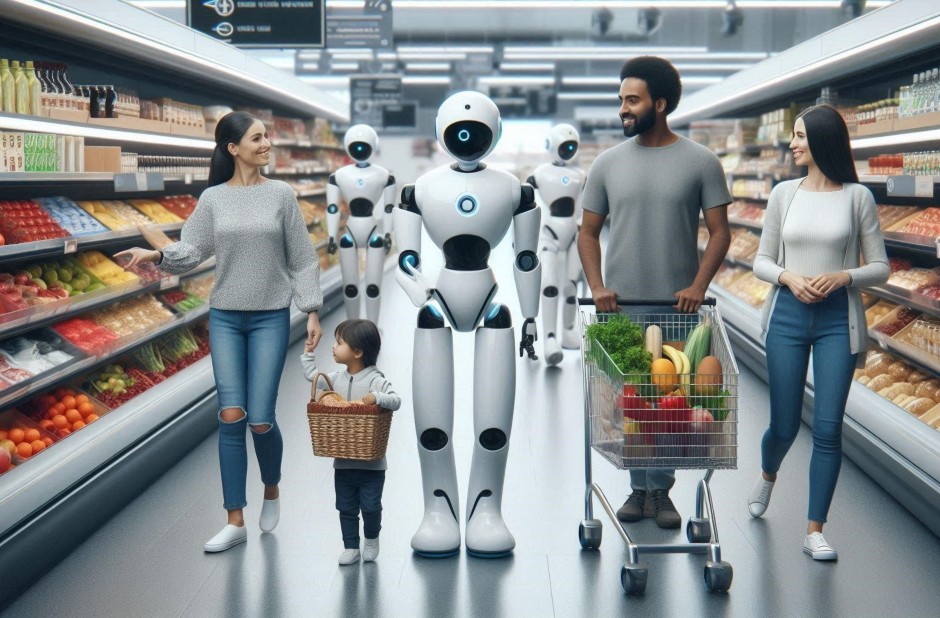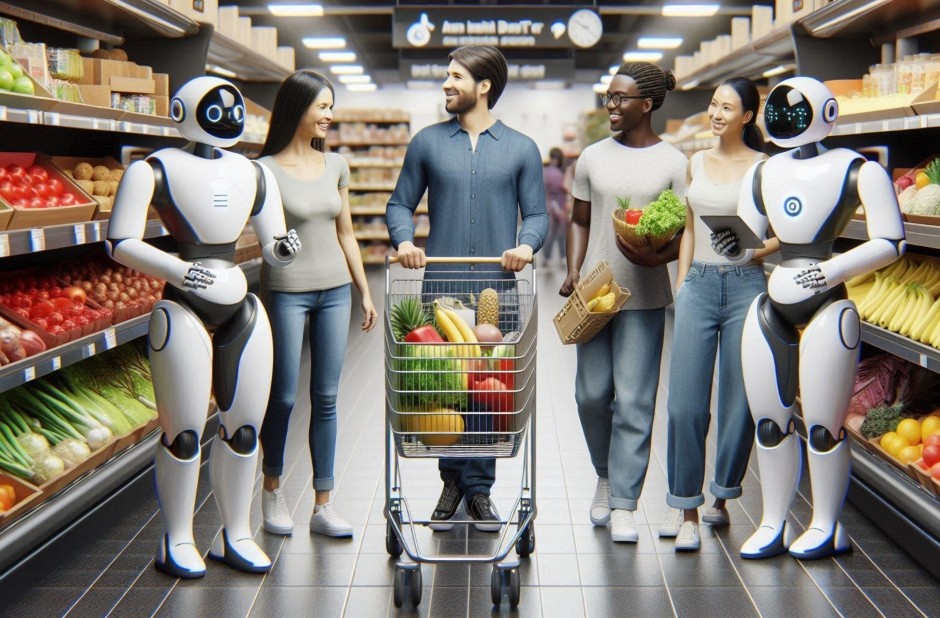In recent years, there has been a significant advancement in the field of Artificial Intelligence (AI) and Augmented Reality (AR). These technologies have become increasingly popular and have the potential to enhance virtual experiences in various fields such as gaming, education, healthcare, and...
Robots Started Working as Salespeople in Supermarkets

The retail landscape is undergoing a dramatic transformation as robots step into roles traditionally held by human employees. Supermarkets worldwide are increasingly deploying robotic salespeople to assist customers, manage inventory, and streamline operations. This technological shift represents a significant milestone in the evolution of retail automation and artificial intelligence.
The Rise of Robotic Retail Assistants
Major supermarket chains have begun implementing sophisticated robotic systems designed to interact with customers and provide personalized shopping experiences. These robots are equipped with advanced sensors, cameras, and artificial intelligence capabilities that enable them to navigate store aisles, recognize products, and communicate with shoppers in multiple languages.
Key Features of Retail Robots
Modern supermarket robots come equipped with impressive technological capabilities:
- Voice recognition and natural language processing for customer interactions
- Computer vision systems for product identification and inventory tracking
- Navigation systems that allow autonomous movement throughout the store
- Touchscreen interfaces for displaying product information and promotions
- Integration with store databases for real-time inventory updates
Benefits for Retailers and Customers
Enhanced Customer Experience
Robotic salespeople offer several advantages that improve the overall shopping experience. They provide consistent, patient service without fatigue, can access vast product databases instantly, and are available 24/7 to assist customers. These robots can guide shoppers to specific products, provide detailed nutritional information, suggest complementary items, and even help with meal planning based on dietary preferences.
Operational Efficiency
From a business perspective, robotic employees offer significant operational benefits:
- Reduced labor costs and overhead expenses
- Consistent performance without breaks or sick days
- Real-time inventory monitoring and automatic reordering
- Data collection on customer behavior and preferences
- Multilingual support for diverse customer bases

Current Implementation and Examples
Several major retailers have already begun testing and deploying robotic salespeople. Japanese supermarket chains have been pioneers in this field, with robots greeting customers, providing product recommendations, and even conducting price checks. European and American retailers are following suit, with pilot programs showing promising results in customer satisfaction and operational efficiency.
Types of Retail Robots
The current generation of supermarket robots includes various specialized models:
- Greeting robots that welcome customers and provide store information
- Navigation assistants that guide shoppers to specific products or departments
- Inventory management robots that track stock levels and identify misplaced items
- Checkout assistants that help with self-service stations and payment processing
Challenges and Considerations
Technical Limitations
Despite their advanced capabilities, current robotic salespeople face several challenges. Complex customer requests may exceed their programming, technical malfunctions can disrupt service, and the initial investment costs remain substantial. Additionally, robots may struggle with nuanced human interactions that require empathy or creative problem-solving.
Employment Impact
The introduction of robotic workers raises important questions about employment in the retail sector. While robots can handle routine tasks efficiently, human employees remain essential for complex customer service, management decisions, and maintaining the personal touch that many shoppers value.
The Future of Robotic Retail
As artificial intelligence and robotics technology continue to advance, we can expect even more sophisticated robotic salespeople in the coming years. Future developments may include improved emotional intelligence, better integration with smart shopping carts, and enhanced personalization capabilities based on individual customer profiles.
The integration of robots into supermarket operations represents just the beginning of a broader transformation in retail. As these technologies mature and become more cost-effective, robotic salespeople will likely become a common sight in stores worldwide, fundamentally changing how we shop and interact with retail environments.



